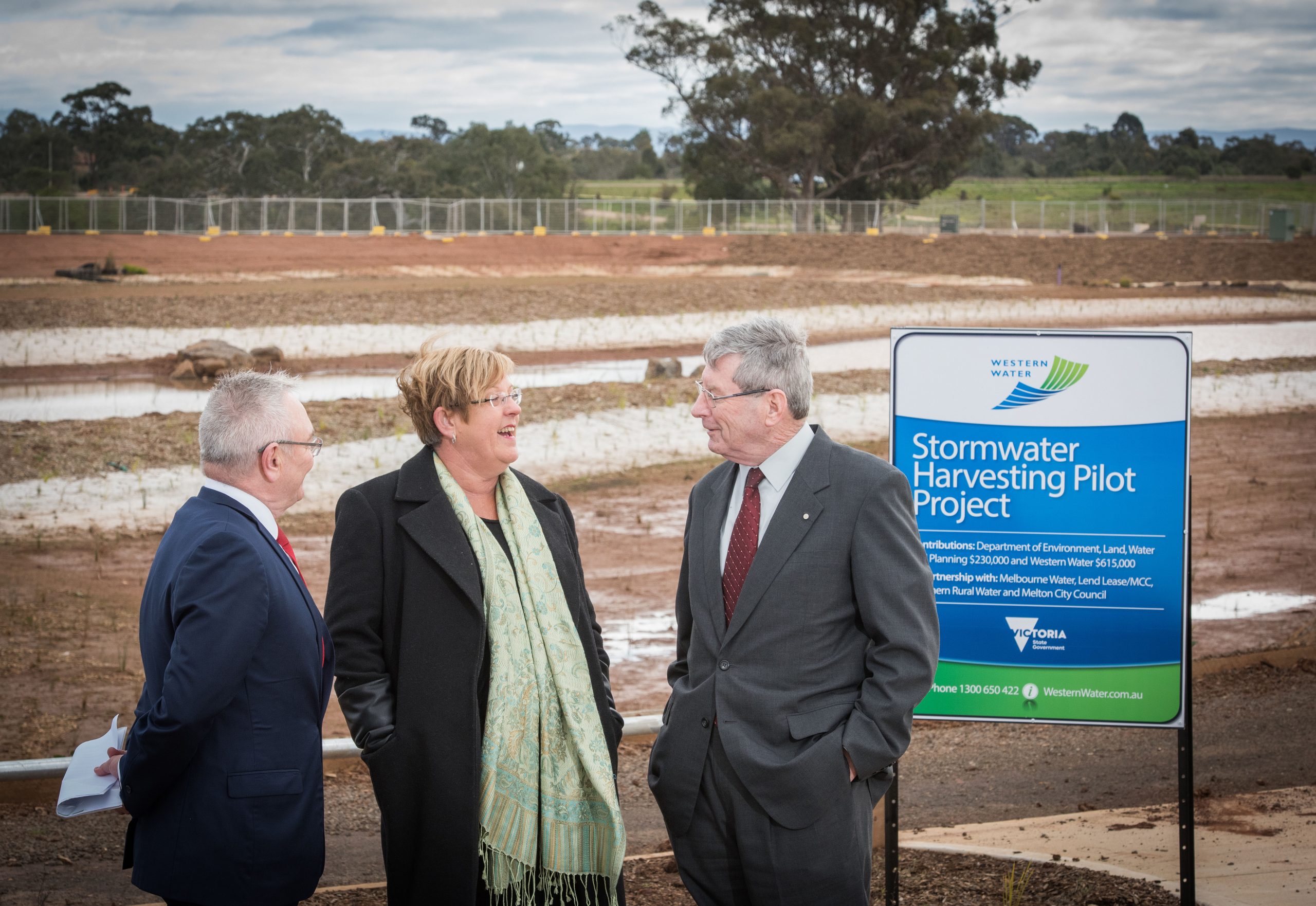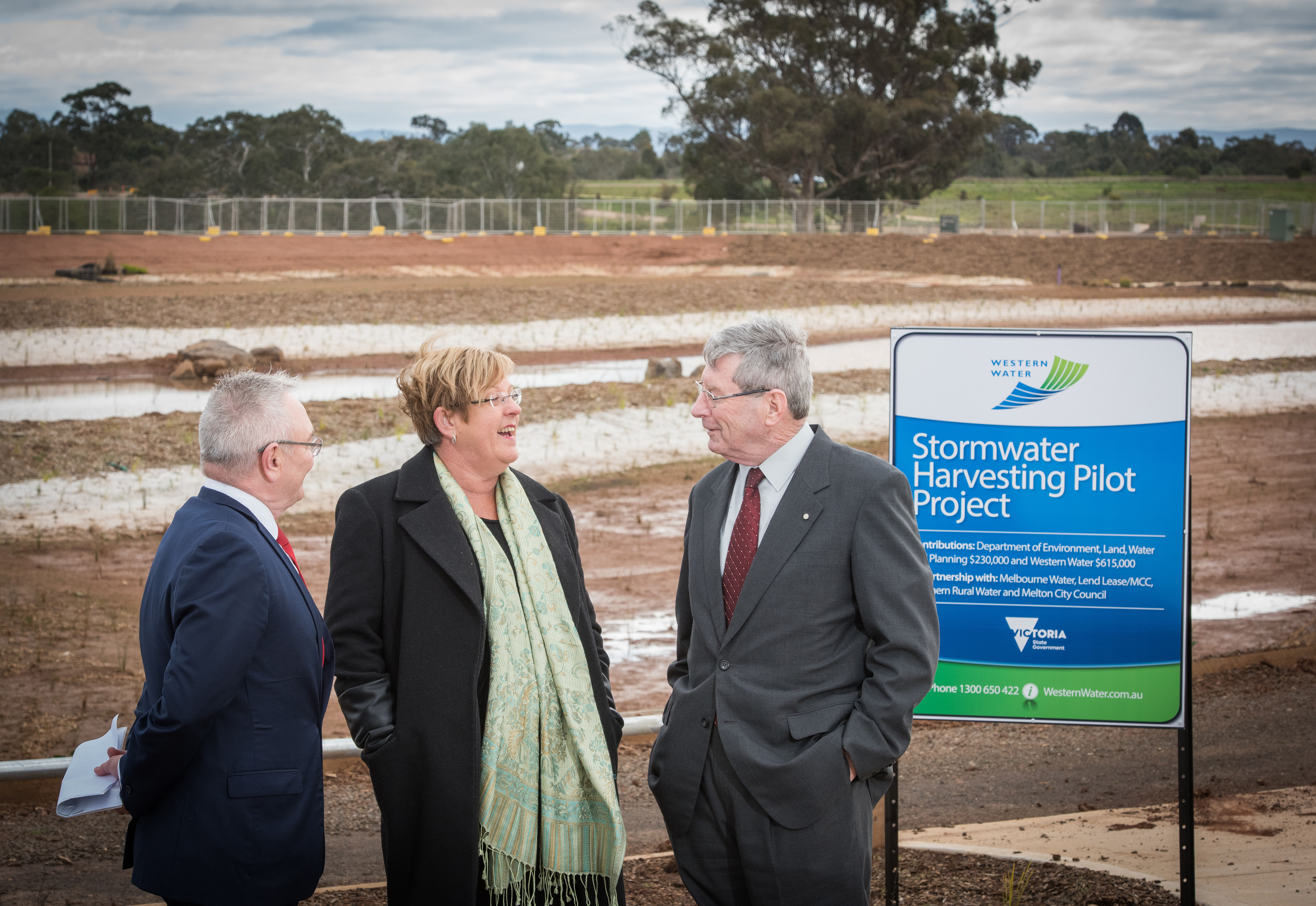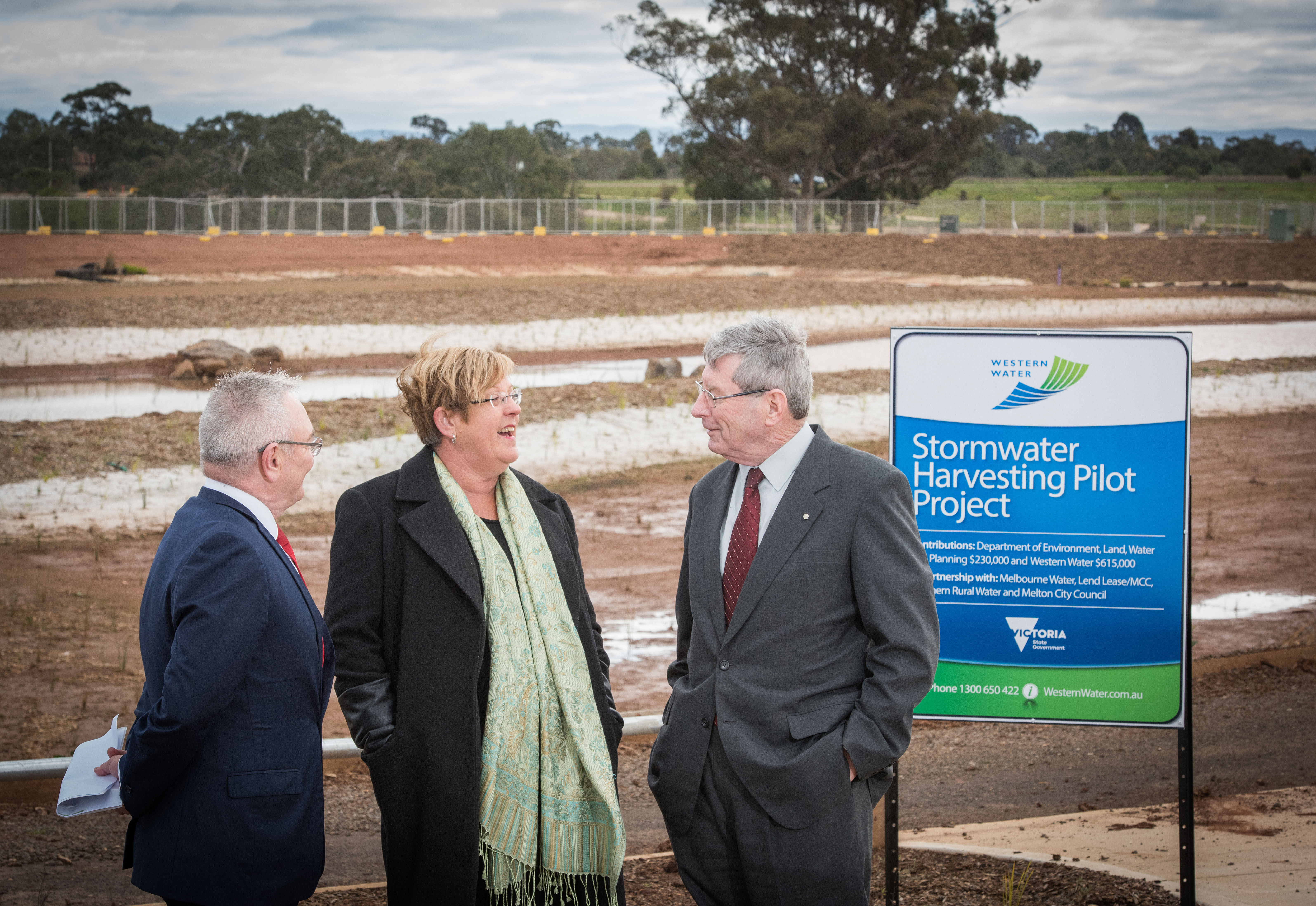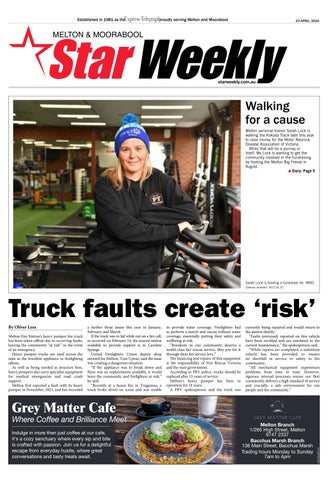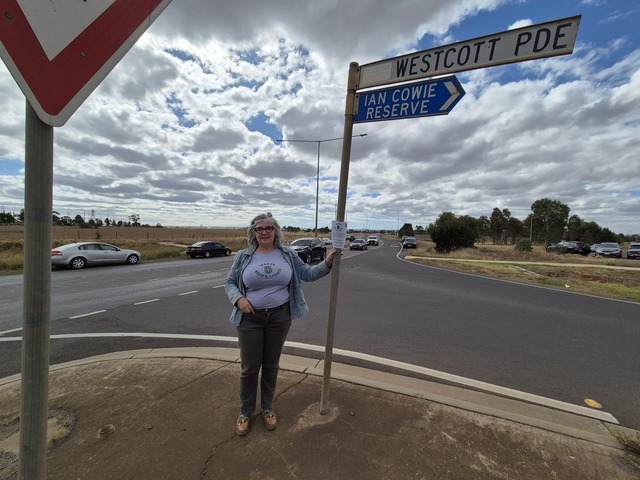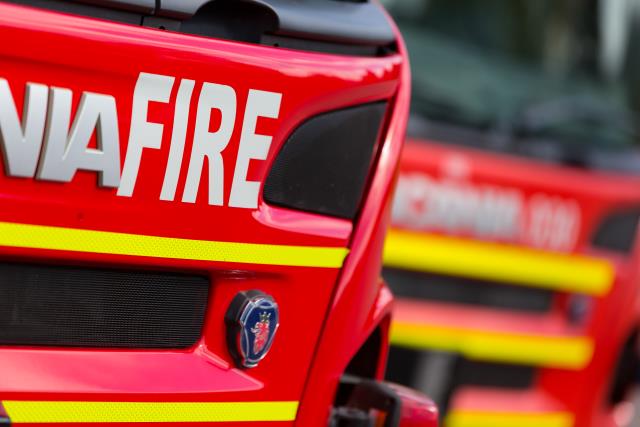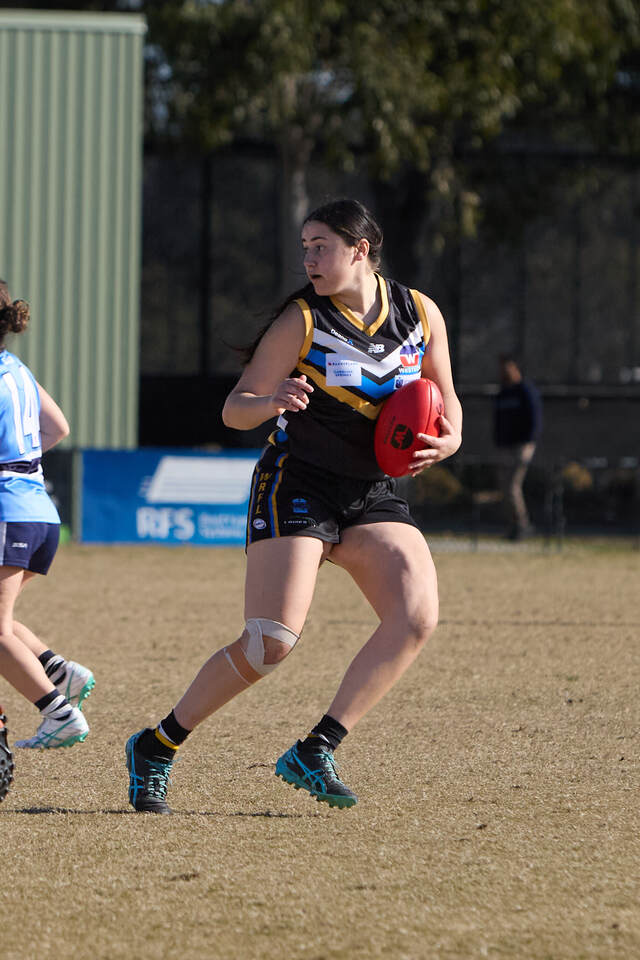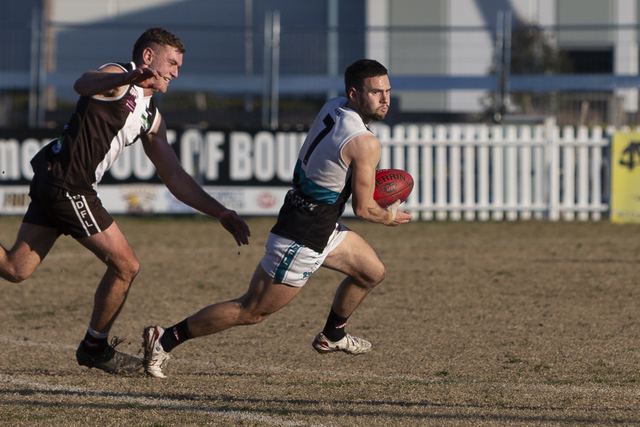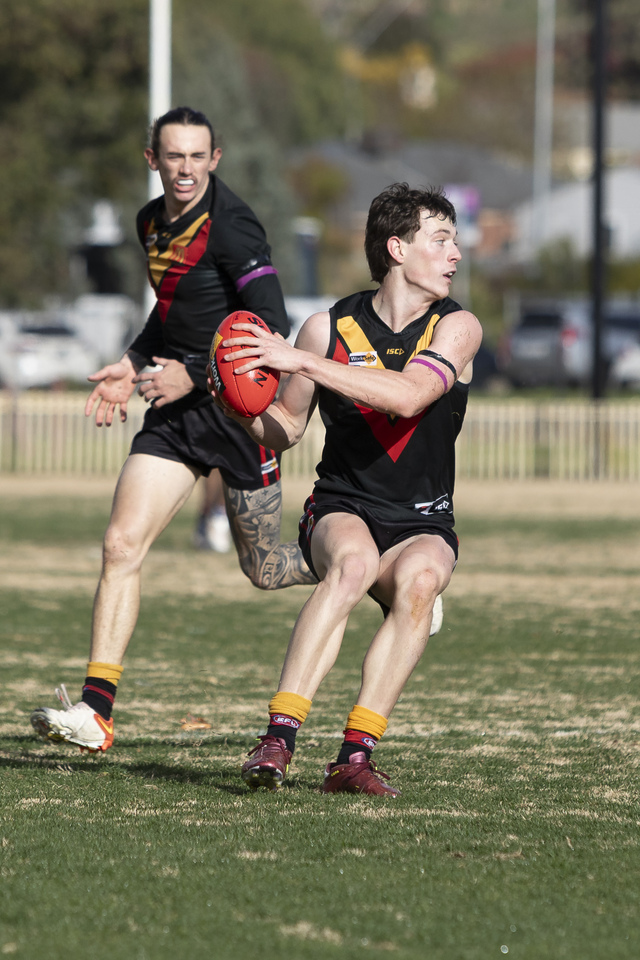Western Water is piloting the Toolern Stormwater Harvesting project at the Atherstone wetlands, where the pump station will capture and transfer more than 150 million litres of stormwater a year to tanks at Melton Reservoir.
That water, the equivalent of about 60 Olympic pools, will then be distributed to nearby houses for flushing toilets, washing clothes and watering gardens.
The project also aims to stop pollutants entering nearby Toolern Creek and prevent disturbance to the creek’s ecology and flow patterns, often caused by high volumes of stormwater runoff during rainfall.
Western Water acting chief executive Graham Holt said the project was the first stage of a stormwater harvesting scheme that would eventually involve 11 wetlands and capture 3200 million litres of water – 1200 Olympic swimming pools – a year.
Mr Holt said the pump station at the Atherstone wetlands would be operating by the end of this month.
“The Toolern project is not the only stormwater harvesting project in Victoria,” Mr Holt said. “However, it’s the only urban growth precinct that has a requirement in its precinct structure plan for a reduction in drinking water use of up to 50 per cent [from average use levels].
“It is unique in having both stormwater harvesting and the supply of Class A recycled water for household use.”
The pump station has been jointly funded by the Department of Environment, Land, Water and Planning ($230,000) and Western Water ($610,000), with contributions from Southern Rural Water and Melbourne Water.
State Water Minister Lisa Neville said it was important to look at alternative solutions amid declining rainfall.
“We must make the most of all our water resources to create liveable, sustainable communities,” Ms Neville said.
“This [project] will play a number of functions. Firstly, it protects our creeks and the Werribee River from stormwater runoff, which is very dirty water … and causes significant issues in terms of creeks and waterways.
“But it also enables us to capture that water and actually send it into use.”

